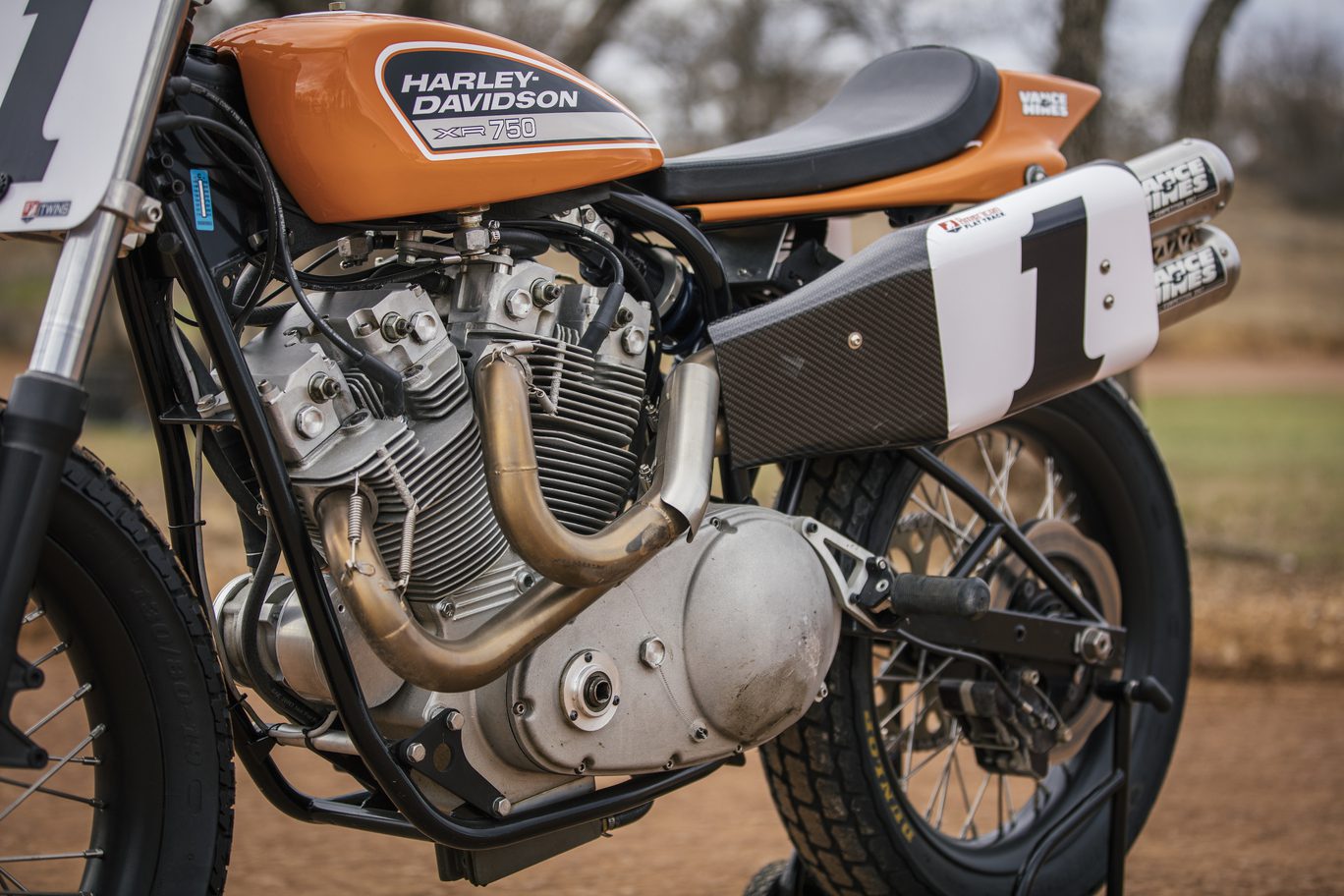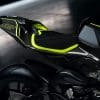You Should Know These Bikes
Even people who don’t ride know that Harley-Davidson is one of the best-known motorcycle manufacturers on earth. The company is one of the oldest motorcycle manufacturers out there and has been a constant, strong force in the industry pretty much since it first came into existence.
It has had its ups and downs over the years, but Harley has put out some of the world’s best motorcycles. It’s loved and revered by many and despised by others, but one thing’s for certain, The Motor Company is important.
It’s this high level of importance that convinced me to take a look at the most iconic Harley-Davidson motorcycles ever.
Harley-Davidson’s Place In Motorcycling
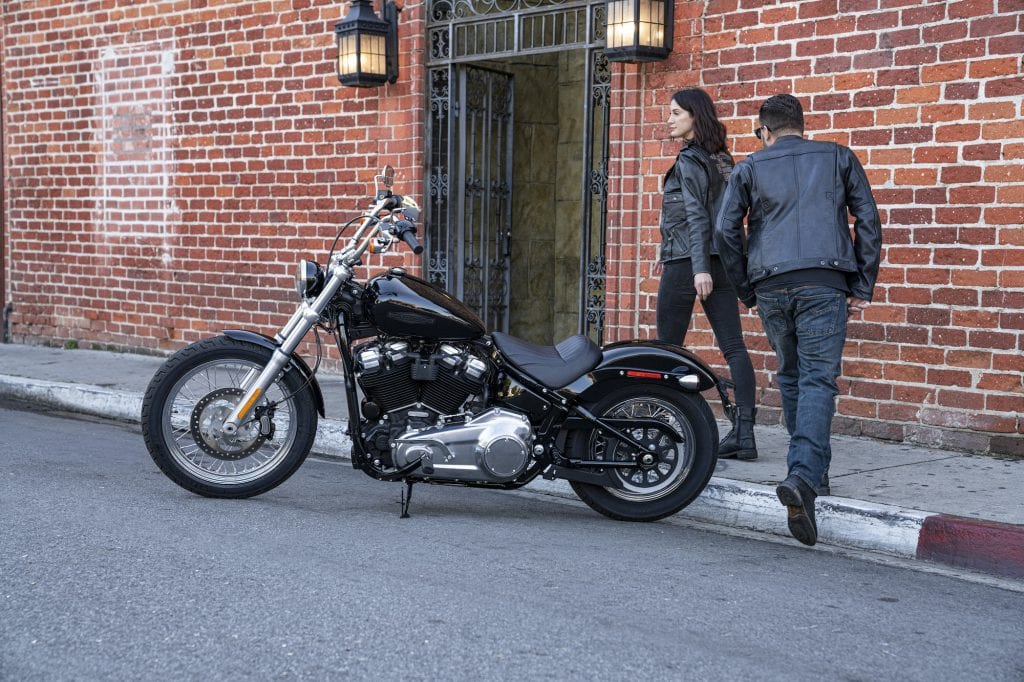
Harley’s place in the world of motorcycles is changing. The company has had dozens of months of declines in sales, and it’s seen as a motorcycle company in decline and possibly in its last stages of life. It’s no longer the giant seemingly unfaltering juggernaut that it once was.
The simple fact of the matter is that over the course of the last several decades, The Motor Company has tied itself quite a knot in terms of brand image, product offerings, and the outlook of the future. Government intervention—including both favorable and unfavorable tariffs over the course of the last 50 years—aside, Harley is in a pickle and only has itself to blame for its predicament.
Still, thousands of Harleys are sold each quarter, and the company is one of the biggest names in the industry pulling in millions of dollars and demanding quite a response no matter where it shows up. It has produced dozens of notable bikes over the course of its history, but some of the bikes have stood out more than others. Let’s take a look at some of these bikes.
How I Chose the Following Motorcycles
Before I jump into the bikes I’ve selected, I have to make a note about the choices I have made below. These bikes are not the fastest or the most impressive when it comes to technical specifications—though some are for their time. Neither are they the best-selling motorcycles, though many have sold in high volumes.
I have selected bikes that I believe helped move Harley forward and ones that I highly covet or know are highly coveted. These bikes are motorcycling icons. They’re bikes that people remember as having an impact on Harley itself.
I’d also like to point out that Harley should take a look back at its history when thinking about new bikes. Instead of trying to make bikes like these iconic machines, why not return to the way of thinking that led up to these machines being built. Harley needs to move forward by creating innovative and interesting motorcycles. The following bikes were just that in their day.
The Most Iconic Harleys
Harley-Davidson XR750
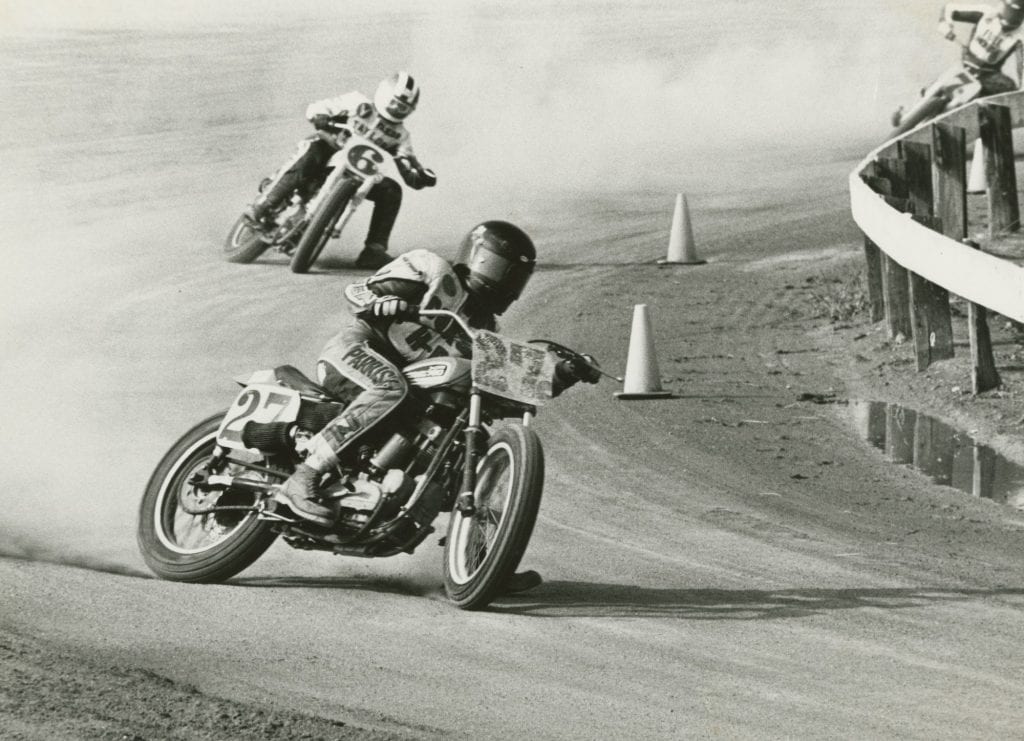
When most people think of Harley-Davidson, they don’t think of racing motorcycles, but the XR750 has actually won the most races in the history of the American Motorcyclist Association. It’s associated with some of the most impressive racers ever, such as Carl Rayborn and Jay Springsteen. It was also the bike the Evel Knievel used until his final jump in 1977.
The early versions of the bike had a 748cc air-cooled V-twin that made about 82 hp and had a top speed of 115 mph. There were both flat track racing versions and road racing versions. Both had a Ceriani fork and Girling shocks and two Mikuni carburetors.
Over the years it has undergone plenty of modifications and redesigns. At its peak, riders on the XR750 won 29 of the 37 AMA Grand National Championships from 1972 to 2008. It’s known as the most successful racing bike of all time.
Harley-Davidson VRSCA V-Rod
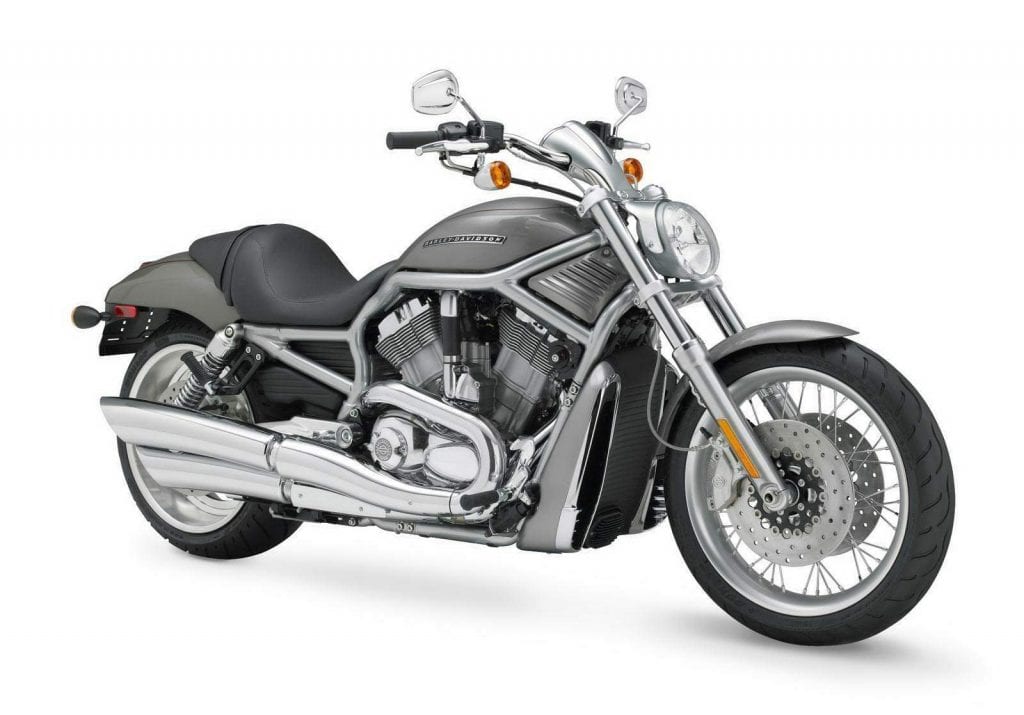
I’ve been a little pissed off at Harley since it stopped making the VRSC, commonly called the V-Rod. I remember when the company came out with the model. I didn’t have the money to buy one then, but I wanted one bad. It seemed to me that Harley was going to shake off its boring old-man ways and create a proper muscle bike. It did briefly, and the VRSCA V-Rod was a killer bike for the 16 years it was in production.
The motorcycle had pretty much everything different from the standard Harley playbook down to the engine, which was a liquid-cooled V-twin called the Revolution. It was co-developed with Porsche and based on the engine in the VR-1000 Superbike drag racing motorcycle. The engine passed the Dusseldorf Test, which is a 500-hour, no-failure test. The bike also got a hydroformed tubular frame and an athletic stance. It was a big, tough, powerful, and altogether different motorcycle.
The V-Rod deserves to be on this list because it’s such a different machine. It’s a reminder that Harley can do things differently, and do them really well. I knew and know many riders who have said things like “I wouldn’t own a Harley, except maybe a V-Rod.” These bikes have a cult following, but they never caught on as Harley had hoped. They were also expensive to build, so while they were popular in certain markets, they lacked the business case for HD to keep them around and the company ended production after the 2017 model year.
Harley-Davidson EL “Knucklehead”
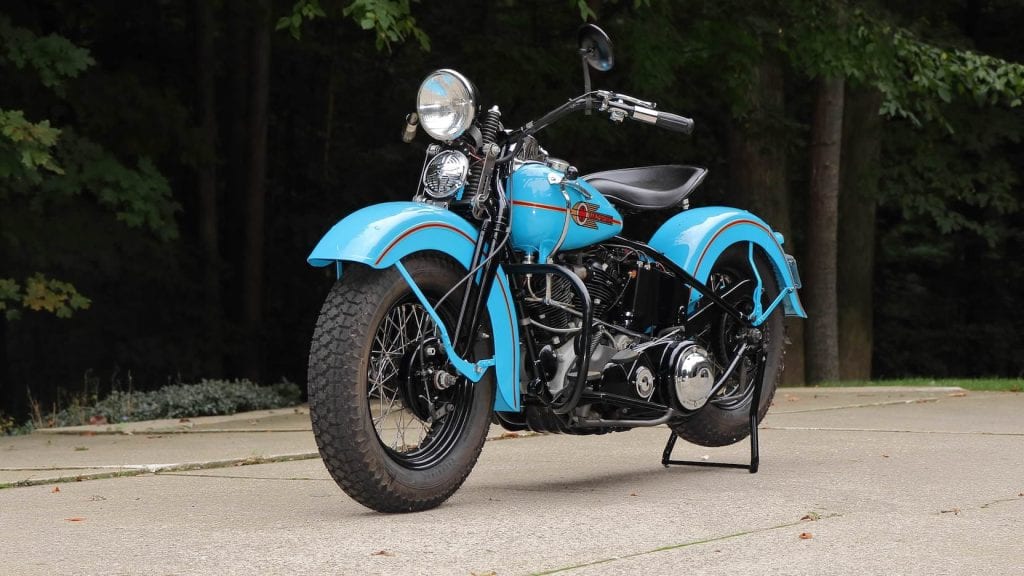
Say a sweet apple-pie American hello to the bike that helped move Harley forward in tough times and turn it into an American powerhouse of the 20th century. The EL model with the Knucklehead V-twin engine (Knucklehead is the engine and was used in other HD frames, too) is one of the best-known motorcycles ever.
The EL, with its new 61 cubic inch engine came out in 1936, and it was attached to a four-speed constant mesh gearbox. The powertrain was said to be a move forward in motorcycle engineering. Harley had some issues at first getting the bike to be reliable. It had rushed the engine to market, and as a result, oil leaks and the breaking of certain parts happened frequently.
The company reworked the bike the next year and then set records with the machine to prove how good it was. After doing its best to repair its reputation, Harley managed to see good sales, and today this bike is extremely highly coveted by enthusiasts and collectors alike.
Harley-Davidson FL Hydra-Glide
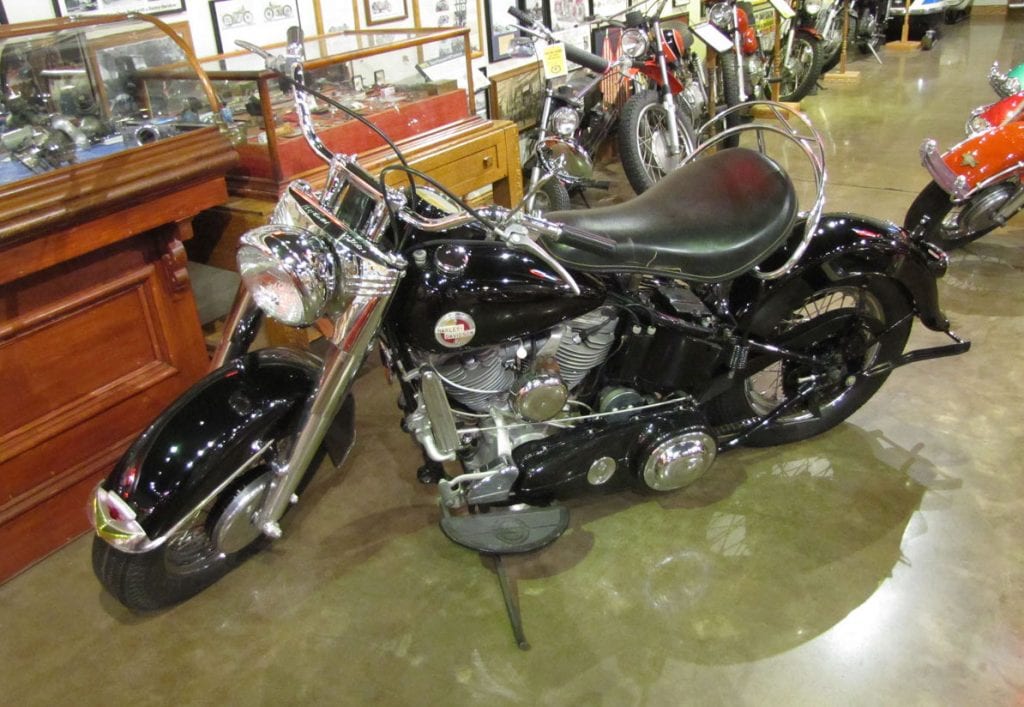
In 1949, Harley debuted a new bike with a hydraulic telescoping fork. This thick fork might have looked a bit odd at the time, but it quickly became a hallmark of the Harley cruiser line. Paired to that fork was a rigid frame.
The engine in the bike was the Panhead. It actually shared much of its design with the Knucklehead OHV engine, but the Panhead featured self-adjusting hydraulic lifters and aluminum cylinder heads. The Panhead came a year before the hydraulic telescoping fork setup did, and the marrying of the two in the FL platform created the first of the Hydra-Glides.
In 1950, Harley got rid of the FL Hydra-Glide designation and switched to just Hydra-Glide. This naming convention change would be the first of Harley switching to actual names instead of just using alphabetical designations.
Harley-Davidson WLA and WL
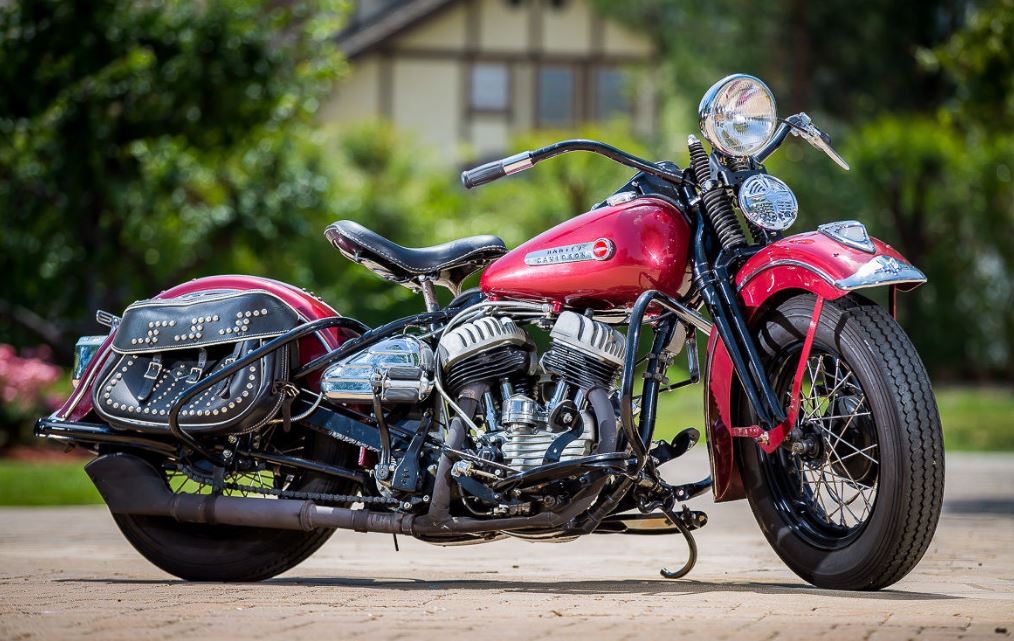
The Harley-Davidson WLA was one of the bikes that helped define not only Harley-Davidson but America. The bike was used extensively in WWII (the A in WLA stands for Army). As such, it became inextricably linked to America as a whole. It’s one of the things that got Harley’s patriotic thing going.
The civilian version of the bike is referred to as the WL. It was essentially the same bike minus the military paint job, the off-road fenders, blackout lights, and other small changes to make it more street-friendly.
The bike featured the 45 cubic-inch flathead V-twin engine. That engine was good for about 25 hp and the bike had a top speed of about 65 mph. Because of its uses in the war, it was a model that many riders were familiar with. When the war ended many of these bikes stayed in Europe and Russia, and because of this, today you’ll find many of these for sale overseas. It’s a truly iconic model for HD, and not only because of its wartime uses.
Harley-Davidson 11F

Okay, let’s take it way back now. In Harley’s beginnings, it was making good bikes and gaining ground as a company, but the Model 11F changed things. It put a 30 cubic-inch V-twin engine, an innovative step-starter (allowing the bike to be started off its center stand), and a three-speed sliding gear transmission.
Three gears in 1915 was a big deal. Many other motorcycles were still running one-speed transmissions at the time. This innovation helped push the brand forward and become the modern motorcycle company that it is today.
The V-twin engine was designed to make 11 hp, which was good for the time, and the bike came with electrical lighting. The company managed to sell 10,000 of the motorcycles. This made it the best-selling Harley-Davidson of the time.
Harley-Davidson KR750
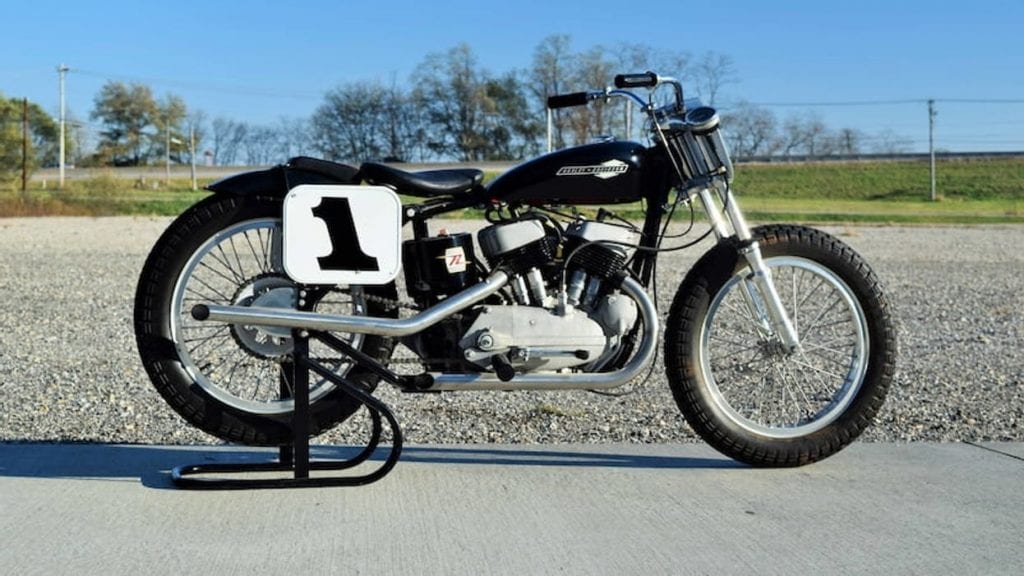


Before the motorcycle that won the most AMA races of all time, Harley-Davidson had this, the Harley KR750. It featured a 45 cubic-inch V-twin engine that made like 57 hp and had a top speed of 125 mph.
The bike managed to win the AMA Grand National Championship series 12 out of the first 13 years. Harley made it from 1953 to 1969. It was a bike design to be bought and raced essentially from the showroom floor.
The company also sold a road racer version of the bike that could be used in the KRTT races. It was a genuinely fast bike. Cycle World road tested a 1963 version in its August 1963 edition and managed to get the bike to 142 mph and do a 0-60 mph time of just 5.8 seconds. The only reason that Harley retired this model was due to changes in racing, necessitating the development and release of the XR750.
Harley-Davidson Fat Boy
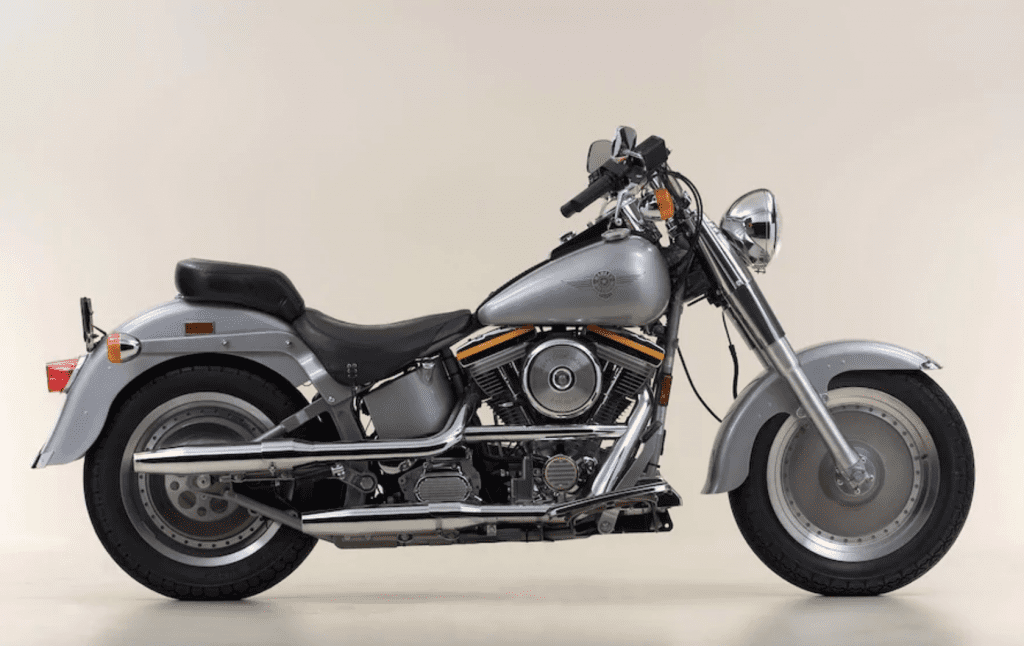


The Harley-Davidson Fat Boy is one that’s become ingrained in the very essence of modern Harley-Davidson. The motorcycle is still produced today, having gone through several updates and iterations over the years.
If you look at the front end, you can see elements of the FL Hydra-Glide, and the Softail chassis mimics the hardtail look of the old bikes, too. Harley has now been making the motorcycle for 25 years. Over the course of those two and a half decades, the motorcycle has featured in a lot of films and movies from Terminator 2 to Sons of Anarchy. It’s ingrained in our culture now.
When it came out in 1990, it featured Harley’s Twin Cam engine. Now the Fat Boy has the 114 cubic-inch Milwaukee-Eight engine that makes a super-strong 119 lb-ft of torque. The new Fat Boy is one of the best bikes Harley has right now. It stands out thanks to its iconic styling and well-known solid wheels.
Harley-Davidson Sportster XL Ironhead



The Harley-Davidson Sportster XL Ironhead is the first in the line of XL motorcycles that Harley has made over the years. The company still makes the XL Sportster line, and it’s comprised of some of the best-selling bikes in the company’s lineup.
The original XL Ironhead came on the motorcycle scene in 1957. It featured an engine with iron heads on it instead of aluminum. The engine was an air-cooled V-twin. It was made from 1957 to 1985 and was replaced with the Evolution engine in 1986. The bike started in the 50s with a 883cc engine, but options to upgrade to larger displacement machines quickly became available.
While the Ironhead itself might not have been a revolutionary machine, the bike has become a seriously important part of Harley’s overall image. That’s what happens when you make a similar bike for decades with just some modifications. Today, the Harley Iron 883 is the XL that starts the Sportster line. You’ll notice the displacement is just as it was in 1957.
Harley-Davidson Electra-Glide
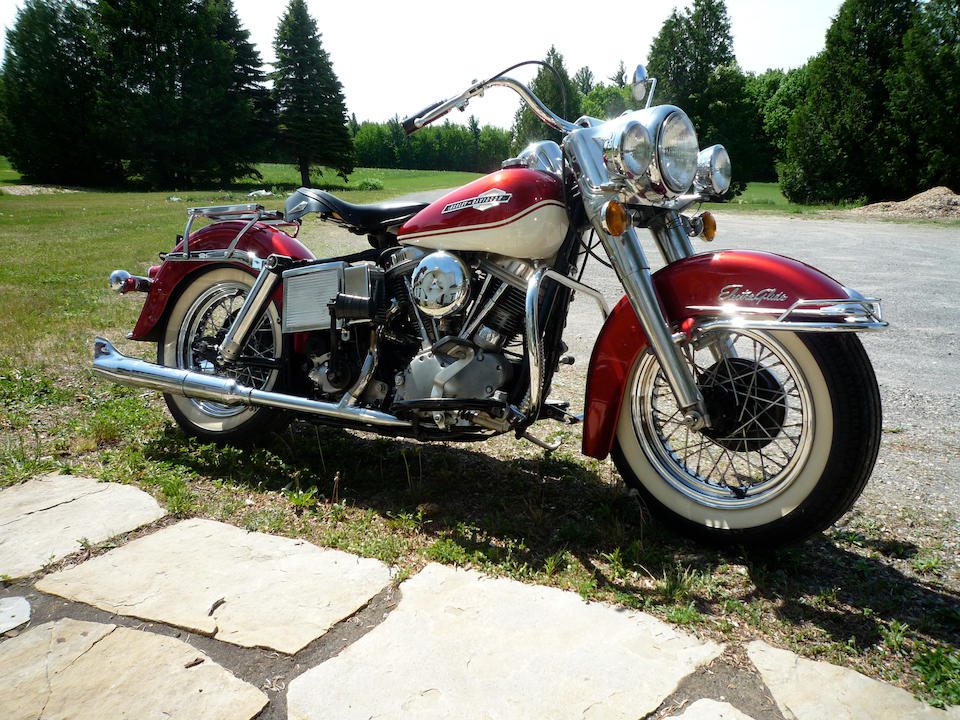


The Electra Glide is the bike that Elvis Presley helped make popular. The King of rock and roll rode one of these bikes, and so did tons of other famous riders and people. Today the nameplate lives on and Harley still sells an Electra Glide, though it doesn’t look too much like the old model.
In 1965, Harley introduced electric start to the big FLH Electra Glide. Not long after that, the bike received the new Shovelhead engine, which boosted power by about 10 percent. The electric-start, big-bodied motorcycle could be equipped with tons of touring options, making it an obvious long-ride touring machine.
Back in the 60s, the Shovelhead engine made about 60 hp and had a top speed of just under 100 mph, making it a good machine for the highway. The current Electra Glide features the 107 cubic-inch Milwaukee-Eight engine that makes about 111 lb-ft of torque and about 67 hp.


